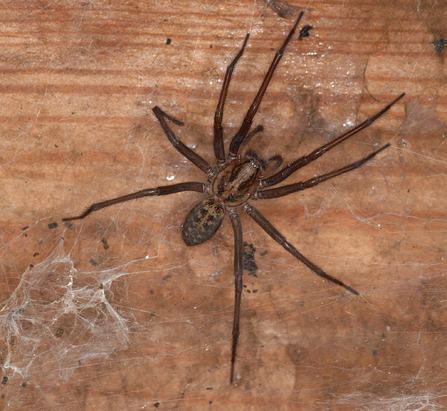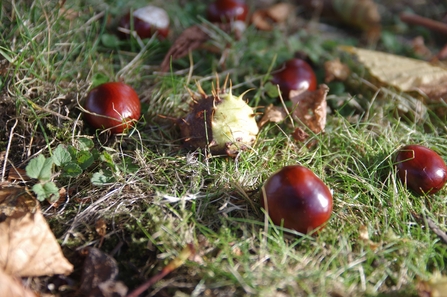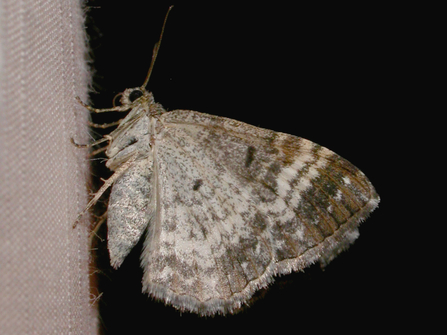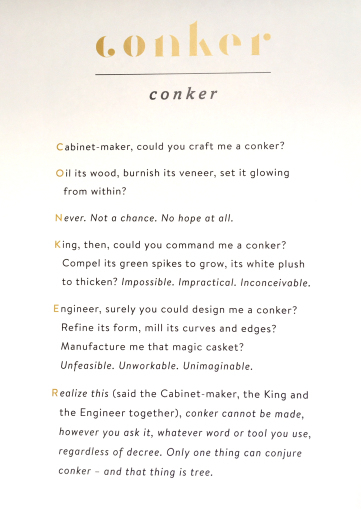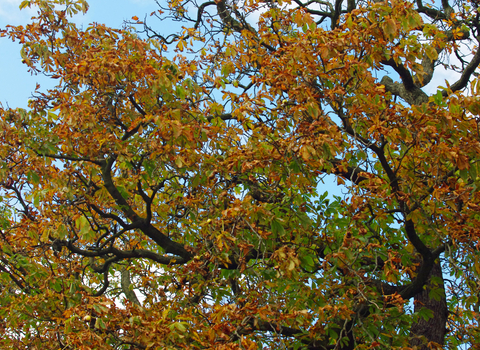What is a conker?
Conkers are actually the seed of a Horse Chestnut tree. It's a pretty huge seed, but if you think of the size of the tree it is producing, it needs to be big!
Horse Chestnut trees (Aesculus hippocastanum) were widely planted after being introduced to Britain from Turkey in the late 16th Century, rapidly becoming naturalised in the UK. Today these trees are a common sight in many landscaped parks, gardens, streets and village greens.


